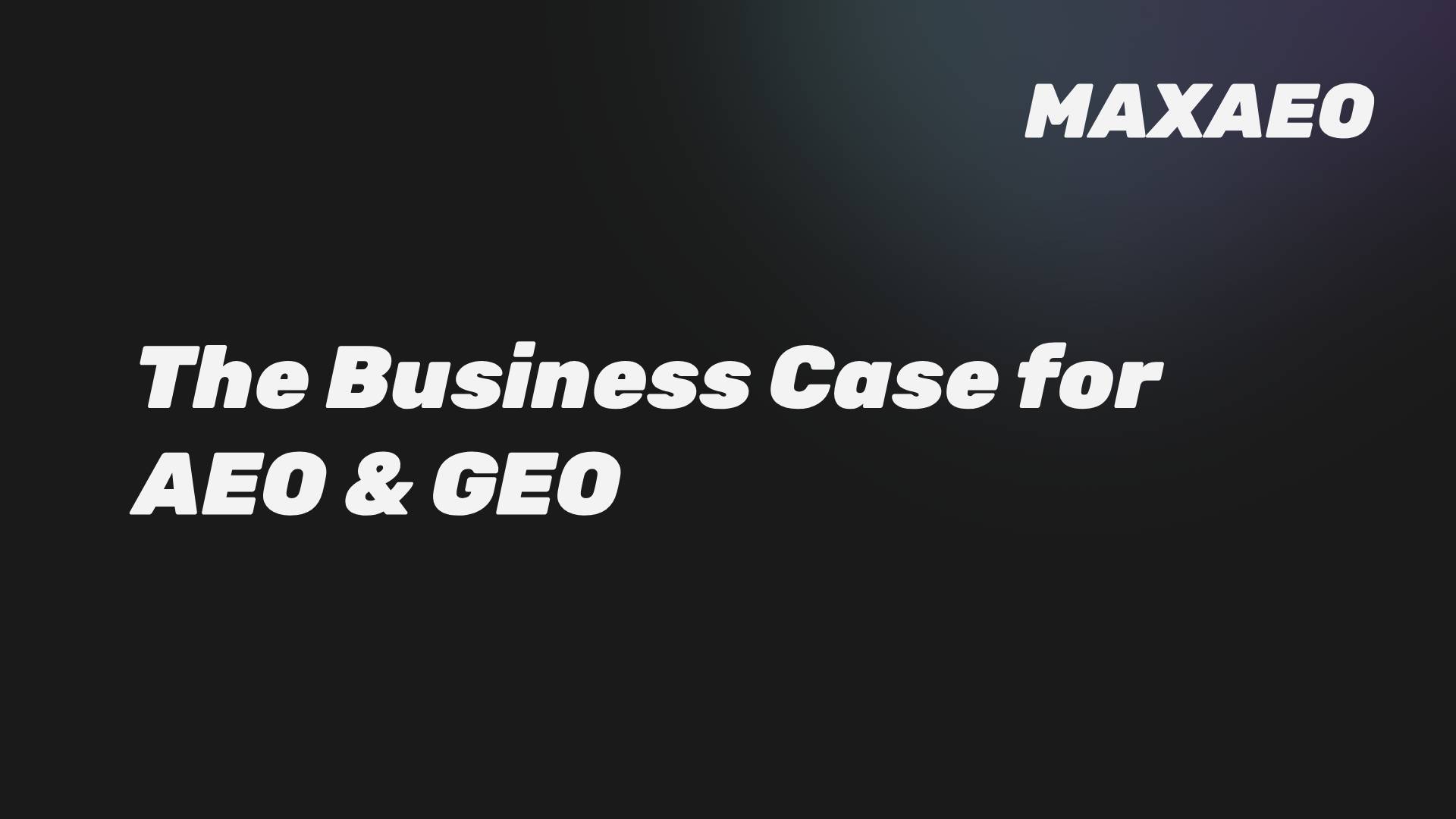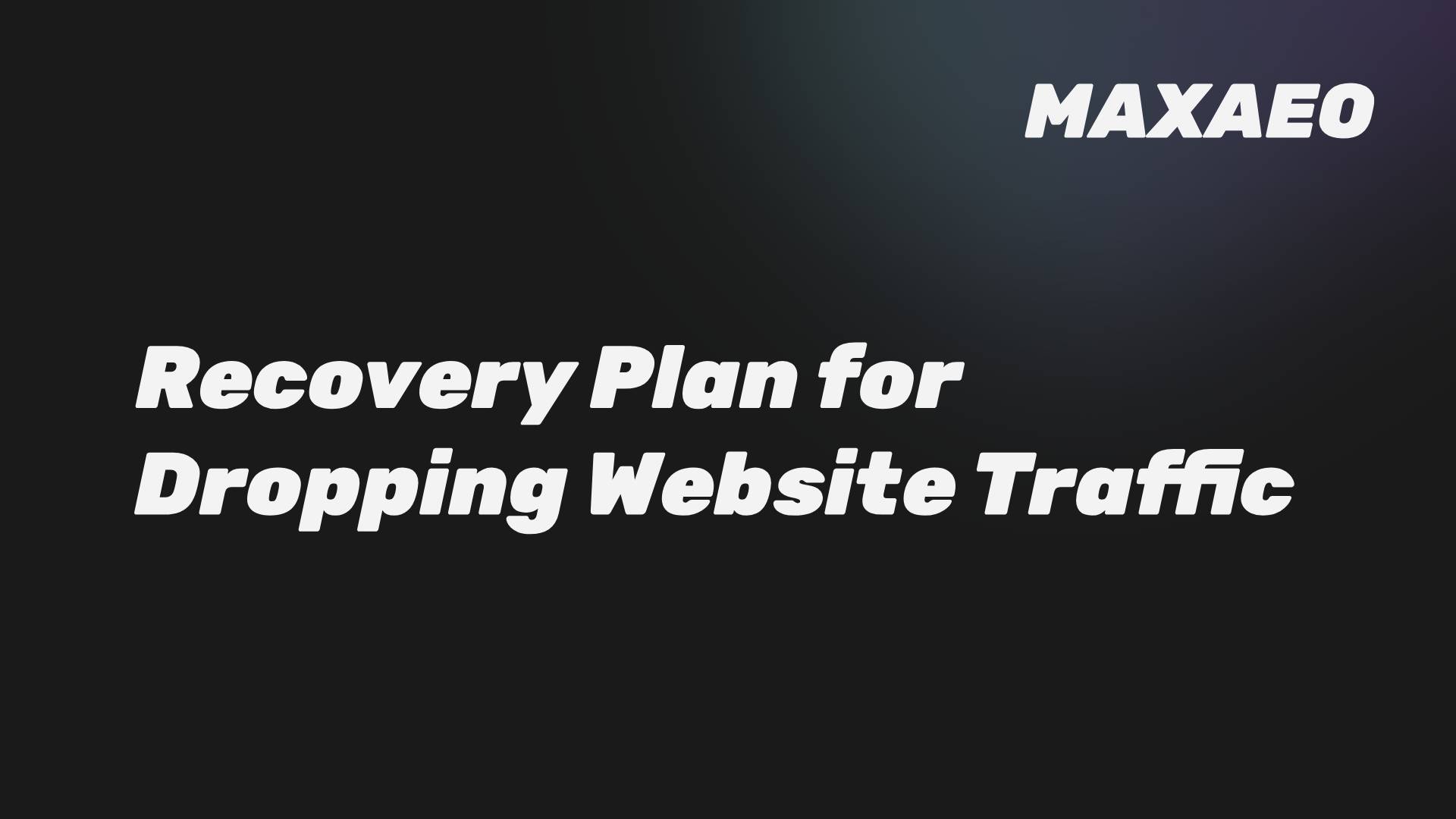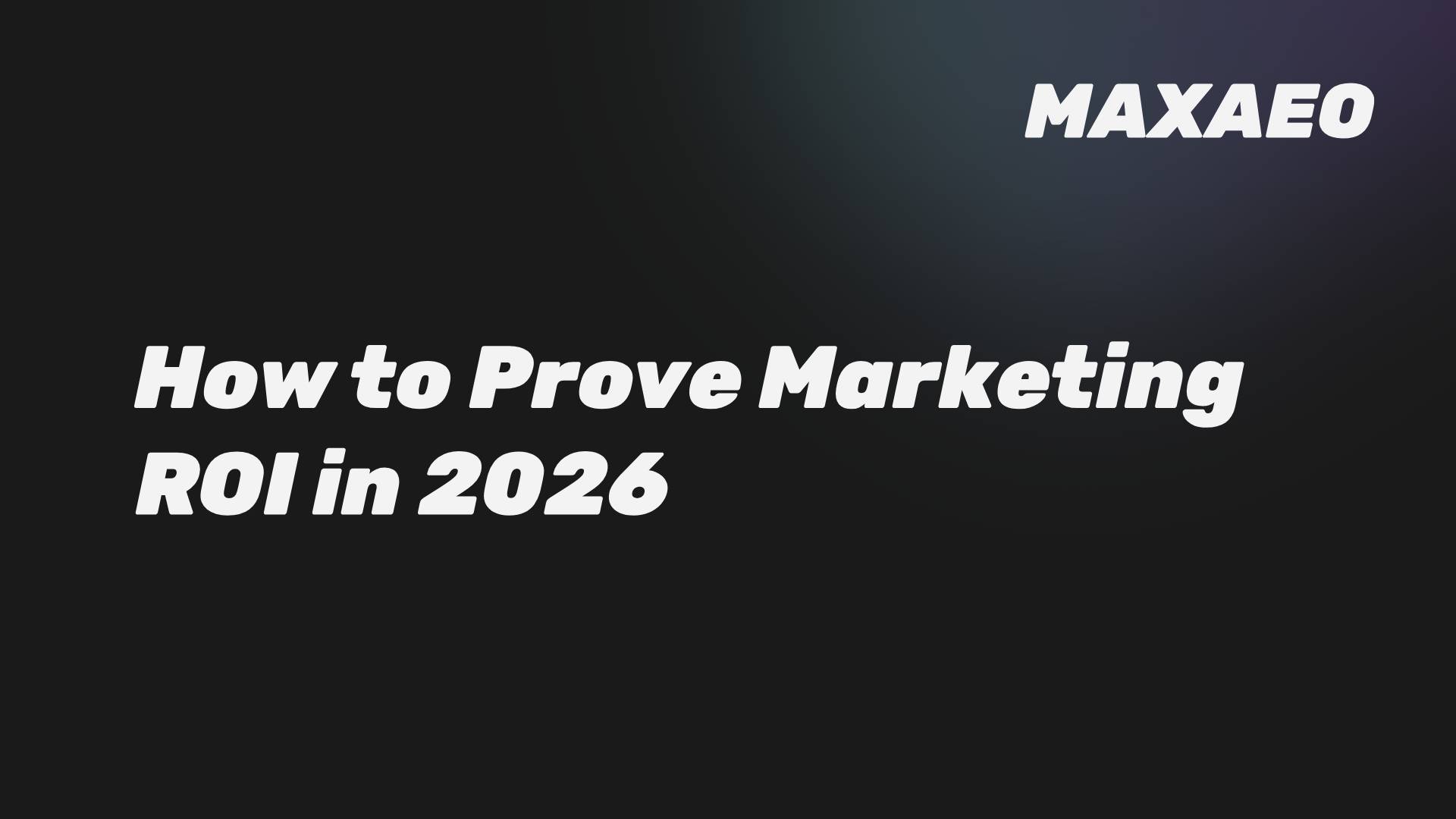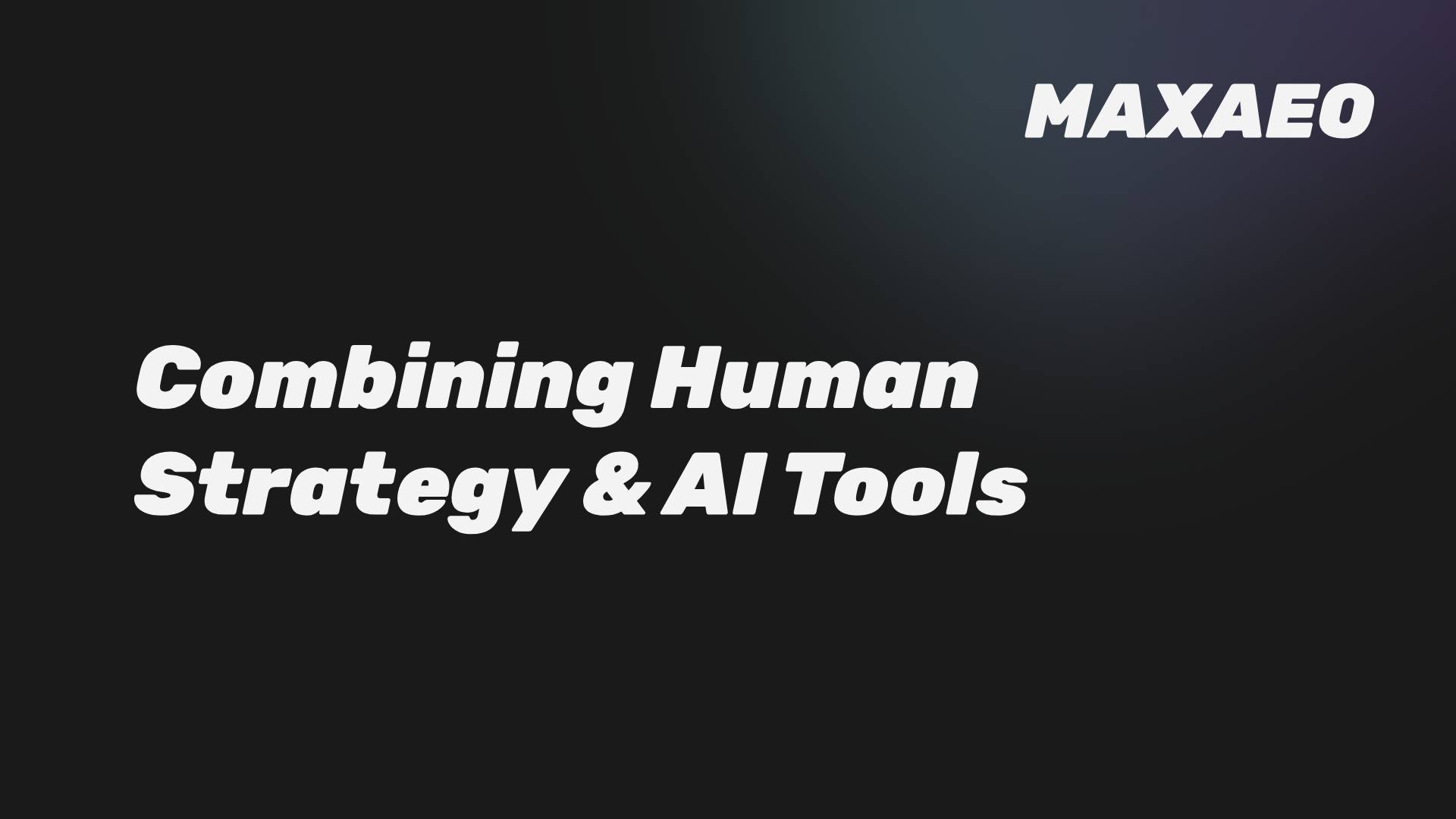· Anton Grant · AI Optimization · 4 min read
Your AI Strategy: The 30-Second Answer and 3-Page Plan for the CEO
A strategic guide for CMOs. Your CEO is asking for an AI strategy. This guide provides the 30-second answer and the 3-page plan you need to secure budget and lead in the AI era.
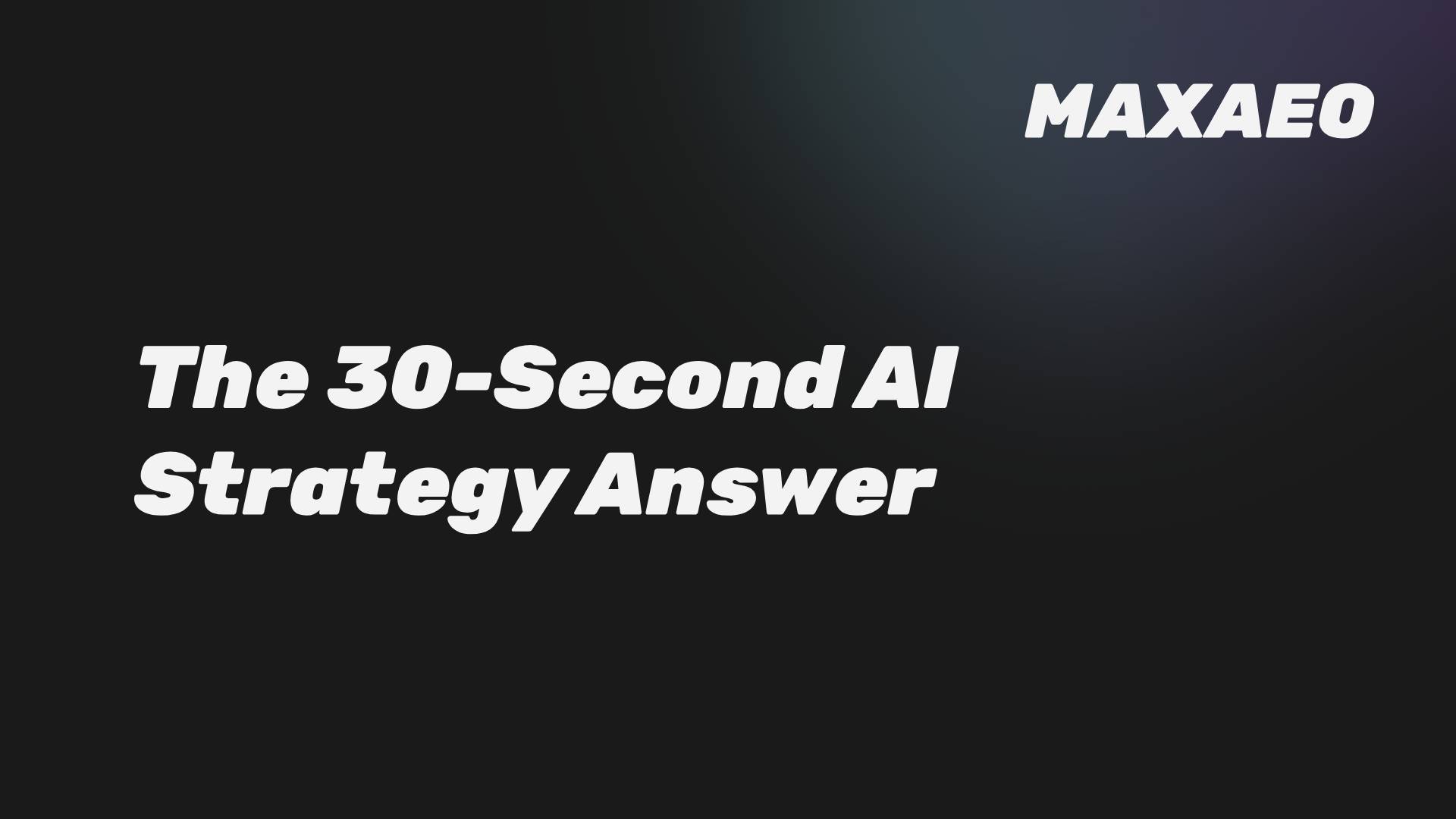
Your CEO has asked for your Artificial Intelligence (AI) strategy. They don’t want a 20-page deck on Large Language Models (LLM); they want a clear, confident plan for how marketing will navigate the single biggest disruption to the customer journey in a generation.
This guide provides the framework for that conversation. It delivers the 30-second answer your CEO needs to hear and the 3-page plan they need to see. This is your playbook for securing budget, aligning the C-suite, and positioning your brand to win in the new era of AI search.
What is Our 30-Second AI Strategy for the CEO?
Our AI strategy is to move from a defensive, traffic-based model to an offensive, influence-based model. We will proactively shape the AI’s understanding of our market to ensure we are the brand it trusts and recommends. This will allow us to capture high-intent buyers in the new, untrackable AI Dark Funnel.
This is not a technology project; it is a brand governance and market-share imperative.
Why Do We Need This Strategy? The Business Risks of Inaction
The primary business risk is ceding control of our brand narrative and, by extension, our market share. While we focus on a declining stream of website clicks, our competitors are winning the new battleground: the AI’s answer.
Every day without a proactive Generative Engine Optimization (GEO) strategy, we allow algorithms and competitors to define who we are, risking a permanent loss of visibility and authority.
The 3-Page Plan: Your Strategic Framework
This is the concise, powerful plan to present to your leadership team. Each page addresses a core component of a successful AI strategy: Situation, Strategy, and Execution.
Page 1: Situation Analysis (The “Why Now”)
This page establishes the urgency and quantifies the risk.
- The Market Shift: Start with the hard data. Gartner predicts a 50% decline in organic traffic. Over 60% of searches are now zero-click. Show, don’t just tell, that the old model is broken.
- The Competitive Threat: Present a candid, screenshot-based audit of your brand’s current AI presence. Show a side-by-side comparison of an AI answer that features a competitor prominently. This makes the threat tangible and immediate.
- The Business Risk: Conclude with a clear statement of the financial risk. “Our current lead generation model is exposed. This is the plan to mitigate that risk.”
Page 2: Strategic Pillars (The “What We Will Do”)
This page outlines the three core pillars of your strategy.
- Pillar 1: Fortify Trust (GEO): This is our offensive strategy. We will build an Authority Ecosystem by securing citations and positive sentiment on the high-authority platforms the AI trusts.
- Pillar 2: Structure for Clarity (AEO): This is our defensive strategy. We will re-engineer our content to be machine-readable, using Schema Markup and an “answer-first” structure to ensure the AI can understand us accurately.
- Pillar 3: Monitor & Defend (AI Governance): This is our risk management strategy. We will implement continuous AI response tracking to identify and correct misinformation before it impacts our brand.
Page 3: 90-Day Roadmap (The “How We Will Start”)
This page provides a clear, time-bound execution plan to demonstrate immediate action and a focus on results.
- Month 1 (Assessment & Foundation):
- Complete a full AI visibility audit to benchmark our current standing.
- Identify and prioritize the top 20 high-value topics for optimization.
- Begin technical implementation of Schema Markup on core pages.
- Month 2 (Content & Outreach):
- Launch the first “Content Moat” asset to challenge a competitor’s stronghold.
- Initiate a targeted “Citation Blitz” to secure mentions on key third-party sites.
- Month 3 (Measurement & Reporting):
- Deliver the first AI ROI Report to the C-suite, focused on the new KPIs of influence.
- Present findings and refine the strategy for the next quarter.
Conclusion: Answering with Confidence and a Clear Plan
Your CEO is looking for more than just an understanding of the technology; they are looking for a clear, confident leader who has a plan to navigate this disruption. The AI revolution is a threat to the unprepared, but it is a massive opportunity for the brands that act decisively.
This framework provides the clarity and strategic focus needed to lead that charge. It shifts the conversation from a reactive, tactical response to a proactive, strategic plan for market leadership.
To turn AI disruption into your advantage, let’s talk possibilities.
